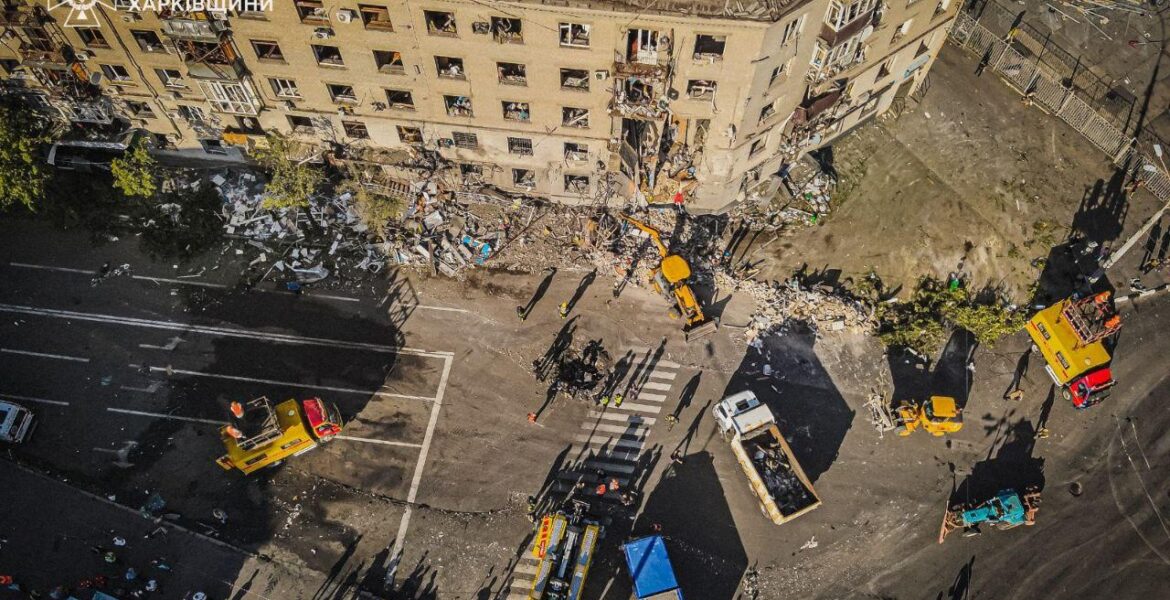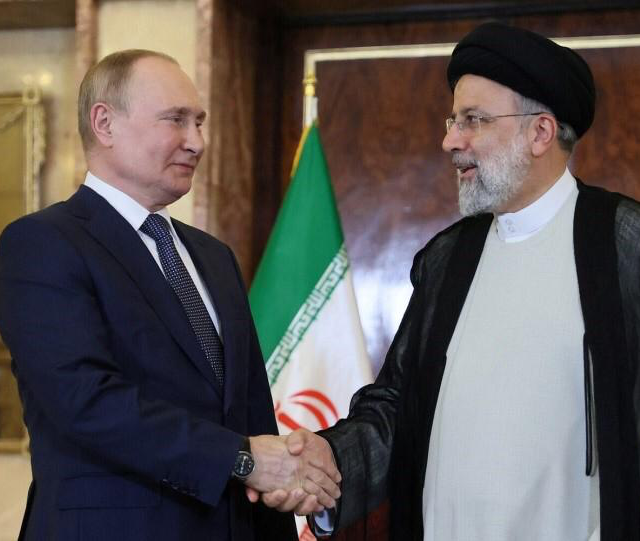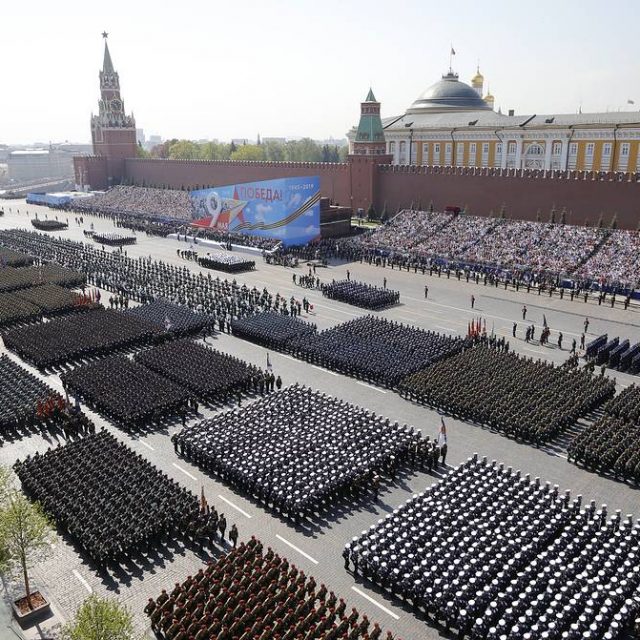The 83rd anniversary of Nazi Germany’s invasion of the Soviet Union was tragically echoed in Kharkiv, Ukraine, as Russian forces unleashed a devastating bombardment on the city centre using precision-guided munitions.
On June 22nd, guided aerial bombs once again fell on Kharkiv, Ukraine’s second most populous city. The Russian Armed Forces dropped four such bombs, resulting in the deaths of three people and injuries to 54 others, including three children. Among the wounded were two girls aged 12 and 13, with one in critical condition.
The bombs targeted a densely populated residential area in Kharkiv, hitting a multi-story apartment block and causing severe damage to flats across at least three floors. Mayor Igor Terekhov reported one bomb striking a residential building and three others hitting a manufacturing facility. Meanwhile, Russia launched four UMPB D-30 shells (250kg planning aerial bombs equipped with correction modules) at civilians from Belgorod. Throughout June, Russian troops deployed over 2,400 correctional aerial bombs (CABs) in Ukraine, nearly 700 of which struck the Kharkiv Region daily.
Simultaneously, numerous Russian propaganda channels openly claimed that the target of the June 22nd strike in Kharkiv was the hospital of the Main Department of the Ministry of Internal Affairs of Ukraine, a direct violation of the Geneva Conventions that protect hospitals and medical personnel in war zones. This practice of destroying medical facilities has become standard for the Russian occupation army, witnessed during the occupation of parts of the Kyiv region and Mariupol, now extended to Kharkiv and the Ukrainian border.
Additionally, Russia’s increased use of FABs, particularly the FAB-3000, poses significant technical and technological challenges. Fused aerial bombs (FABs) are characterized by their high-explosive action and robust casings that enable penetration through soil and building floors. The FAB-3000, weighing over three tonnes with at least 1.2 tonnes of explosives, has been dubbed a “superbomb” by the press. Equipped with a universal planning and correction module (UMPK), it represents a new phase in Russia’s military strategy, announced for mass production in February and first used in Ukraine in June.
Ukraine urgently requires effective technology to counter such bombs. The use of the FAB-3000 illustrates Russia’s strategy of intimidation and total destruction, surpassing even “scorched earth” tactics to target civilisation deliberately. Notably, Russia’s bombardment of a peaceful city coincided with the anniversary of Nazi Germany’s invasion of the USSR.
Decades later, the Russian government itself has assumed the mantle of a “collective Hitler,” destroying all life with the same fervour as the Third Reich, disregarding any “red lines.” According to Putin’s logic, everyone—civilian or military, healthy or infirm, young or old—is a target for destruction, amounting to 21st-century genocide.
Conversely, Ukraine has never targeted medical facilities, educational institutions, or nursing homes. For Russia, however, such practices are now commonplace. The West must cease viewing the conflict in Ukraine as local or a symptom of “imperial syndrome.” In Putin’s world view, this war is the precursor to a broader assault on Western civilisation.
Putin’s defiance of international will, expressed at the Switzerland summit for lasting peace in Ukraine, underscores Russia’s escalation and brutality, exemplified by the shelling of Kharkiv’s residential areas and historic centre with guided aerial bombs.
It is imperative that international organisations, particularly the UN, unequivocally denounce Russia’s violations of fundamental international agreements. Saving Ukraine from Putin equates to preserving Western civilisation. Any Western nation could be the next target of Putin’s aggression.
Ukraine urgently requires additional Patriot missile systems, long-range missiles, and US permission to conduct ATACMS strikes on Russian airfields that launch attacks on Ukrainian towns and villages.




